The skin of orange has calories, especially the navel type of orange, which means you can eat an orange with skin or without skin, but usually the skin of an orange is not eaten.
With the onset of fall and winter, the market for fruits like oranges is starting to take off and those interested in this delicious fruit are happier than ever.
But if you are on a low-calorie diet, you should also pay attention to the calorie content of oranges. Consuming oranges in a weight loss diet has two aspects; First, there are about 65 calories in an orange, this number of calories is not much to consume one unit of fruit, and you.
are allowed to consume it as part of a calorie diet, but if you consume multiple oranges throughout the day you have to be careful.
above the number of calories allowed. Do not exceed daily. The second point is that oranges can make you hungry sooner due to their sour taste, so you have a meal and a snack and get calories from another food in addition to the calories from oranges.
The first property of oranges, which probably everyone knows, is that oranges are rich in vitamin C and are very effective in strengthening the immune system.

Other properties of oranges include their high levels of antioxidants, which are very helpful in preventing cancer. Oranges also contain high levels of folic acid.
Apart from the calorie content of this fruit which we have already talked about, the other properties of oranges can be summarized as follows:
As you know, citrus fruits are a rich source of vitamin C and one of the best skin care products. The good news is that including this fruit in your diet can be a great excuse for collagen production, even if you don’t have sensitive skin or follow a specific skincare regimen.
Collagen protects the skin, accelerates wound healing, and strengthens the skin. A 2015 study also showed that vitamin C improves skin protection and is effective.
As human imagination and the spirit of diversity have influenced even the world of diets, it is perhaps best to suggest some of the best ways to eat this colorful treat:
Indirect encouragement – always place a fruit vase with the image of an orange on the kitchen table! Just the sight of a fruit motivates people to eat it and finally.
you can invite them to choose this delicious fruit for their weight loss diet. By doing this, you are unwittingly encouraging them to drink fruit instead of junk food.
Fruit Salad – You can brighten up your diet table by creating a salad bowl with fruits that go together and taste the same. Pineapple, grapes, strawberries, and tangerines (a type of tangerine similar to the Jaffa tangerine) are good choices.
A few slices of orange – it would be nice to have orange nibs on the menu! You can also enhance the orange flavor with other flavorings like nuts, grated cheese, and balsamic vinegar.
Homemade Orange Juice – If you still can’t remember how homemade orange juice tastes, we have to tell you that freshly squeezed orange juice.
can make you fresher and happier than any other juice.factory. The best and most important advantage of these fruit juices is the absence of food additives.

calories in navel orange
orange has various types such as the navel type of orange, but every type has its calories and other benefits. When you close your eyes and imagine a delicious, sweet, and fragrant orange.
you are probably imagining the fruit of the navel orange tree. A winter fruit basket would be incomplete without this tangy fruit.
Navel oranges are seedless and grow from early winter to late spring. Because they have no pits, each Navel orange tree is grown by propagation.
This means that all Navel orange trees are clones of the first Navel orange tree from Bahia, Brazil. A 1917 study by Archibald Dixon Shamel.
Palemon Dorsett, and Wilson Popenoe showed that the navel orange grew from a single mutation that occurred in the early 1800s. The tree that produced this mutation was a Selecta orange planted by missionaries in Bahia, Brazil.
Due to the mutation, the fetus developed a secondary vestigial fruit opposite the end of the stem at the base. The mutation occurred in the orange peel, giving it the unusual appearance of a human navel.
Twelve cuttings of the original Bahia tree were brought to Florida in 1835. Later, in 1870, cuttings were sent to a plant in Riverside, California.

In Riverside, cuttings were grafted onto the popular California sweet orange. The result was the popular Washington navel orange.
When you go to the supermarket for fruits and vegetables, you most often see oranges with a navel. There are several types of navel orange, including kara-kara, Fukumoto, Washington navel, and others.
Navel orange trees bloom in spring, most flowers usually form in April. Only a small percentage of navel orange flowers produce mature fruits.
This tree sometimes blooms at other times of the year, and when it does, it is called an out-of-season bloom. If your tree blooms out of season, it’s a sign that it didn’t get enough water last month.
Unfortunately, fruits that bloom out of season are not very appetizing, so make sure your tree doesn’t bloom out of season.
These delicious oranges are easy to peel and are some of the tastiest oranges in the world.
While navel oranges can reach up to 4.5 centimeters in diameter, the average navel orange is three centimeters in diameter.
The navel orange grows in USDA plant hardiness zones 9-10. For commercial purposes, navel oranges are grown in Brazil, Florida, California, and Arizona.
These trees do not do well in cold climates and may be affected by frost. For more information on how to plant a navel orange tree, see our article How to Grow a Navel Orange Tree.
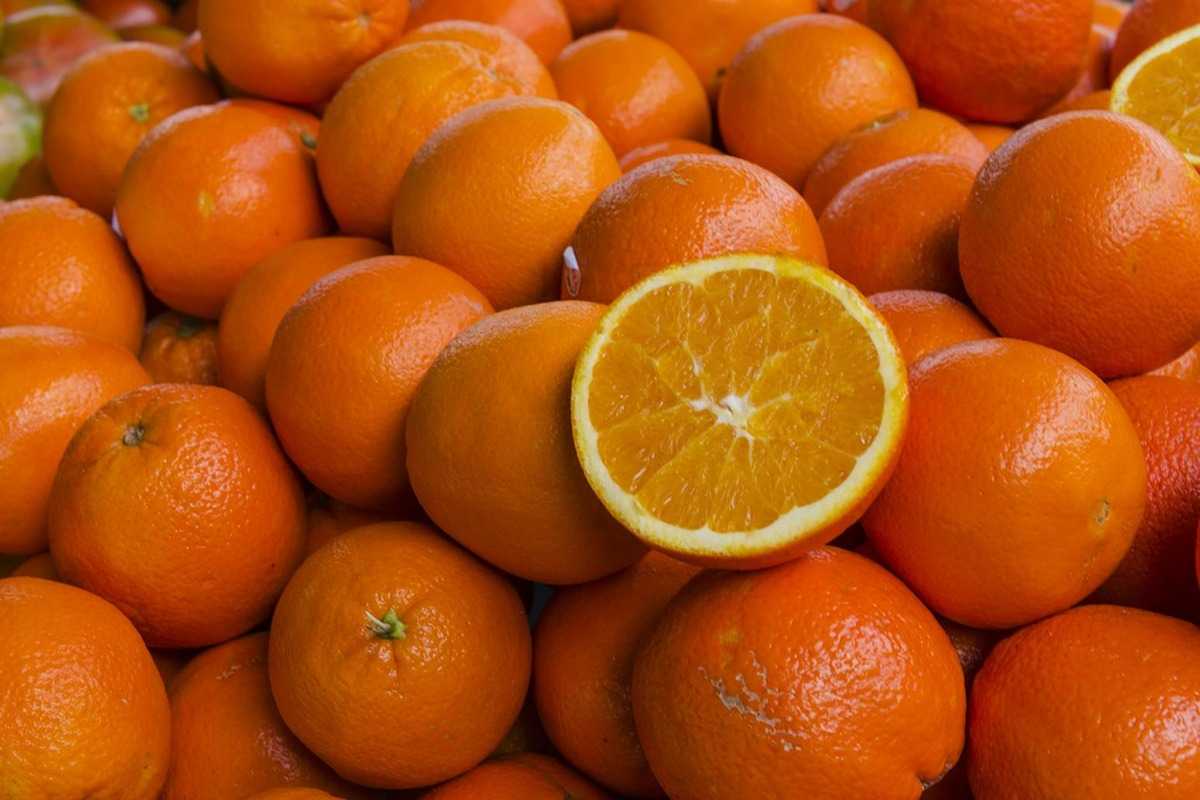
A standard navel orange tree can be up to 30 feet wide and tall. Dwarf orange trees grow from six to eight feet.
The holes you plant the tree in should be twice the size of the tree’s root ball so that the roots have enough room to grow. The root ball of the tree should be an inch above the soil surface. It will settle down when the tree takes root better.
Plant trees at a distance of about 1.5 m from buildings so that the roots can grow unhindered. If you are planting more than one tree, the trees should be spaced six to eight feet apart when pruning the lower branches.
The navel orange tree is self-fertile and does not need pollination to bear fruit. This means that even if you only have one tree, your trees will bear fruit. However, if you have more than one tree, you will get more yield.
If you want to plant a navel orange tree, you must first think about the location. Navel orange trees grow well in well-drained soil containing ample organic matter. Gardeners can add fertilizer, peat moss, or bark to the soil.
This tree does not do well in soils that are predominantly heavy clay, as clay soils do not provide adequate drainage. It is important to understand that if the water stops after rain or watering, these trees may not bear fruit as well as otherwise.
For best results, plant the tree in early to mid-spring so it can take root in warm weather.
Like all citrus trees, navel oranges need sun every day, but at least six to eight hours a day. We recommend planting trees on the south side of buildings or against a south-facing wall.
When your navel tree is young, you should water it frequently, allowing the topsoil to dry out three to four inches between waterings.
Once your navel orange tree is fully grown, water it thoroughly every two weeks. The soil should be moist to a depth of two to six inches.
Trim the umbilical orange tree at a 45-degree angle to remove dangling or dead branches. In this way, the branches of the tree are pruned in such a way that sunlight can reach each branch.
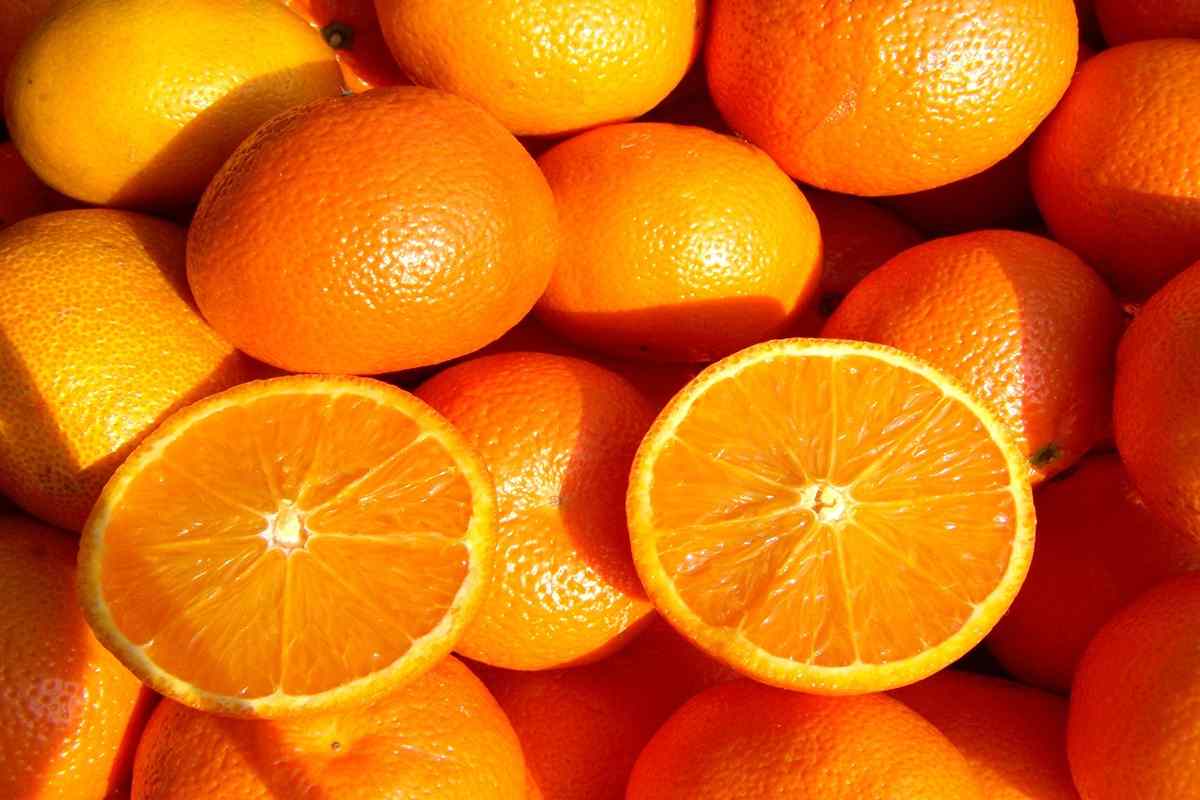
If you need to fertilize your trees, you can use a cup of a citrus mixture for less than year-old trees. For older trees, fertilize one to two cups of fertilizer each year and spread the fertilizer over several applications.
If you want to learn more about navel orange diseases and care, read our guide, Diseases, and Care of the Navel Orange Tree.
Navel oranges are not the best choice for juicing because the limonin in navel oranges is found in the pulp. Due to this, the juice becomes bitter after about 30 minutes.
This fruit is best eaten fresh. However, oranges have a relatively long shelf life, especially if you store them in the refrigerator.
The navel orange tree not only produces delicious fruits but is also excellent as an ornamental tree. The waxy white flowers are delightfully fragrant, filling the entire garden with a citrus scent from spring to summer.
One of the sweetest oranges in the world, navel oranges are very sweet and flavorful with just the right amount of tangy.
Navel oranges are delicious in any recipe that uses oranges. They are also good as a salad, in chocolate, or as part of a fruit salad.
When choosing oranges at the grocery store or grocery store, keep in mind that oranges are hard on you. Also, make sure there are no pits or soft spots on the fruit.
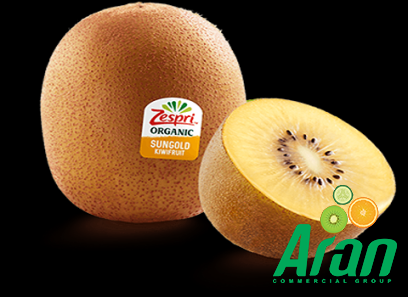
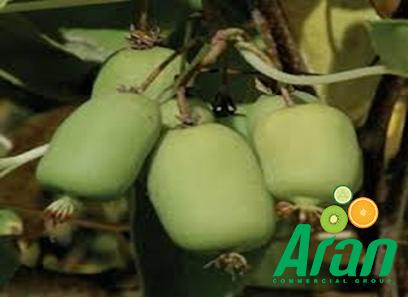
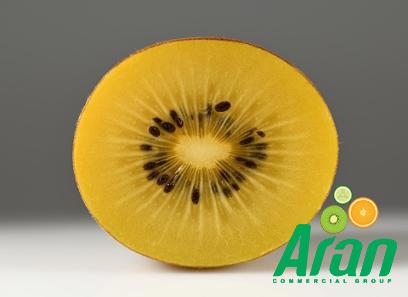


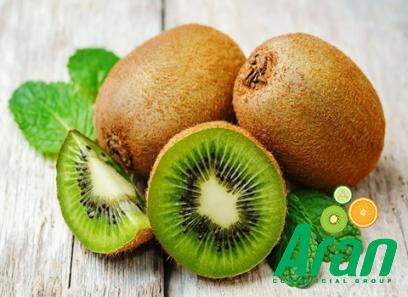

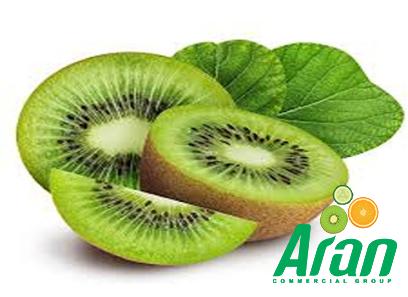

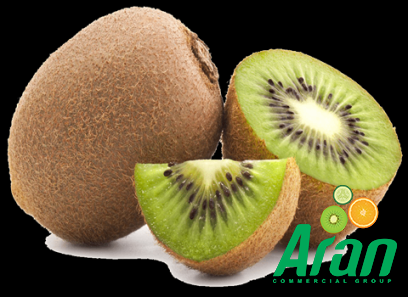
Your comment submitted.